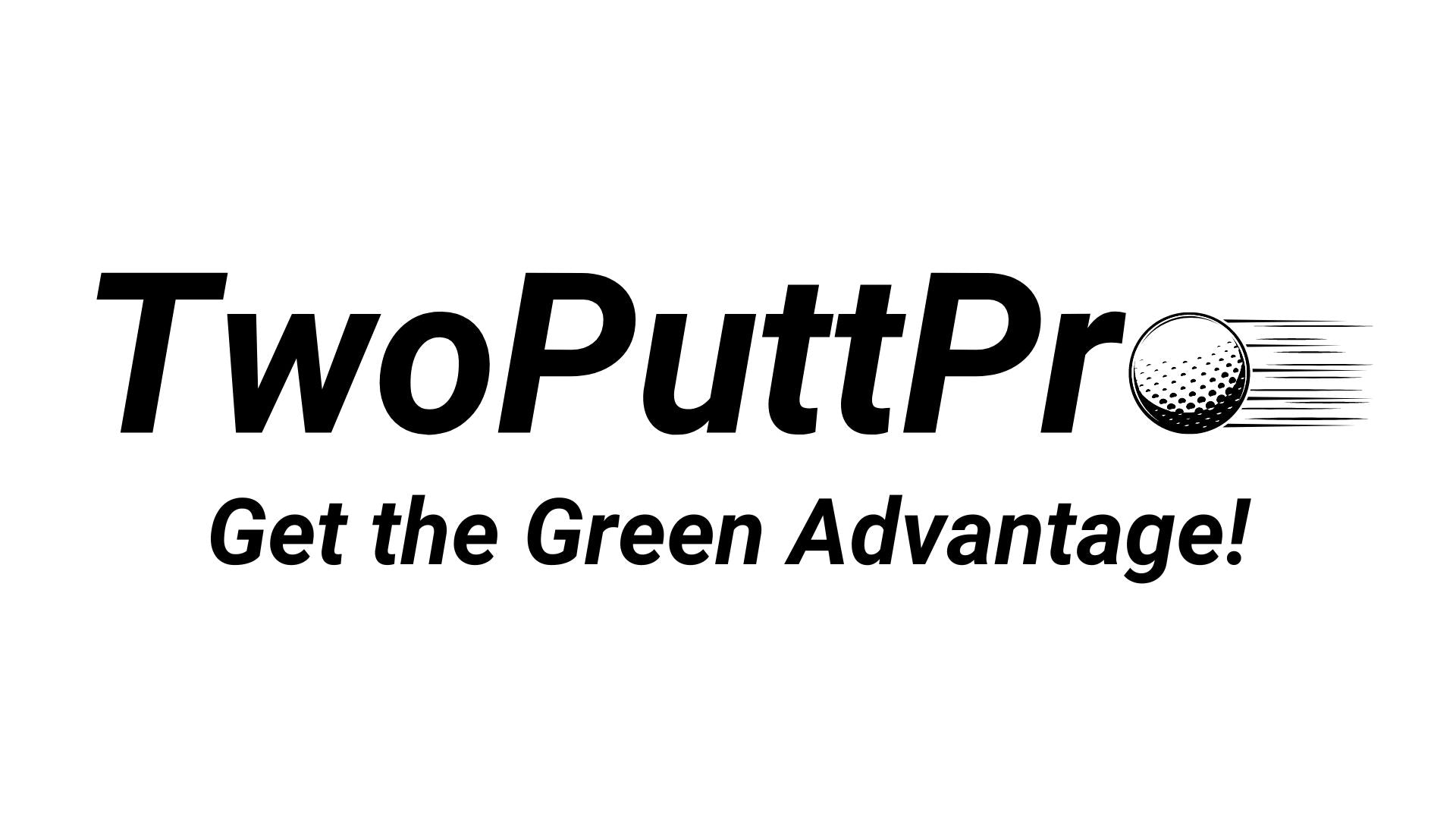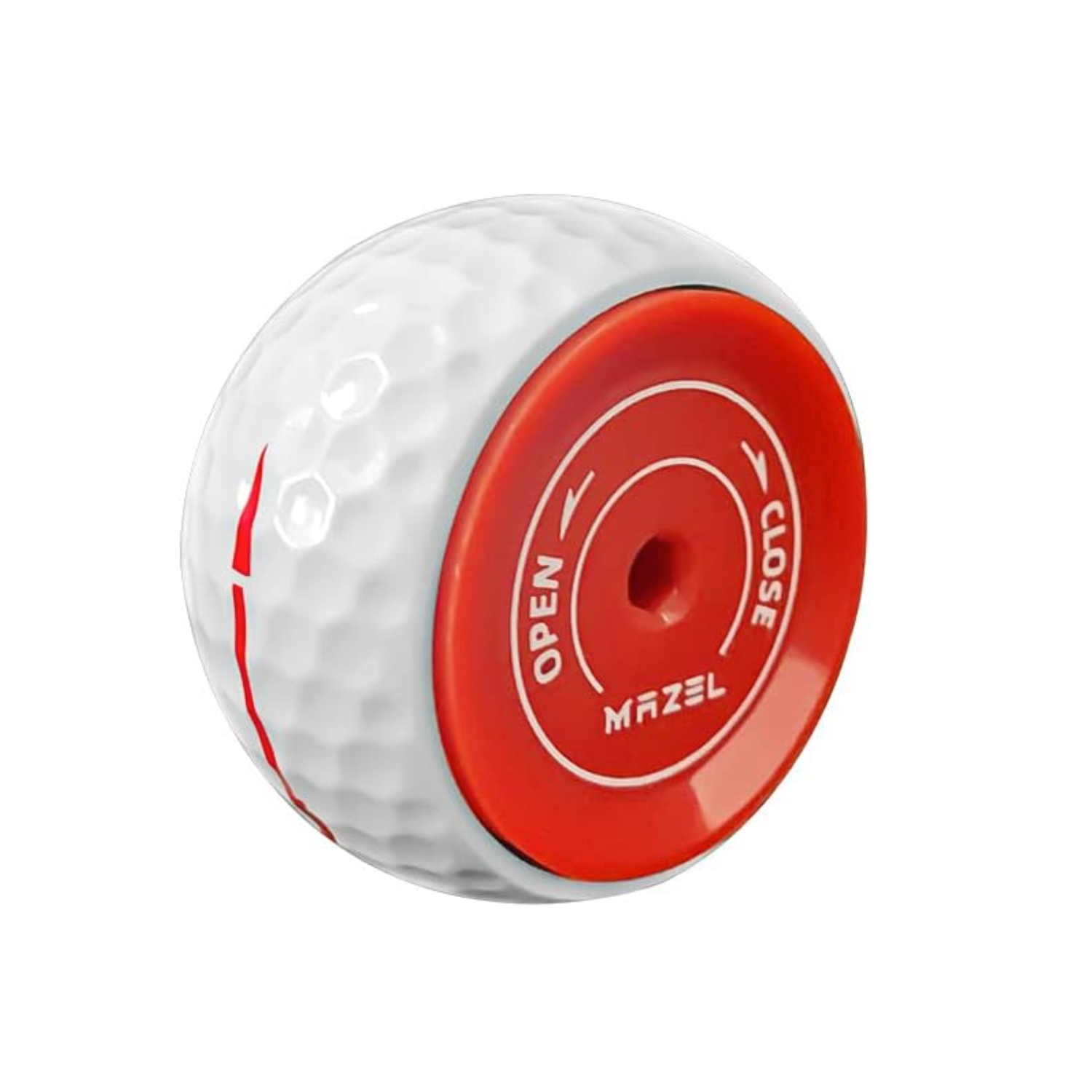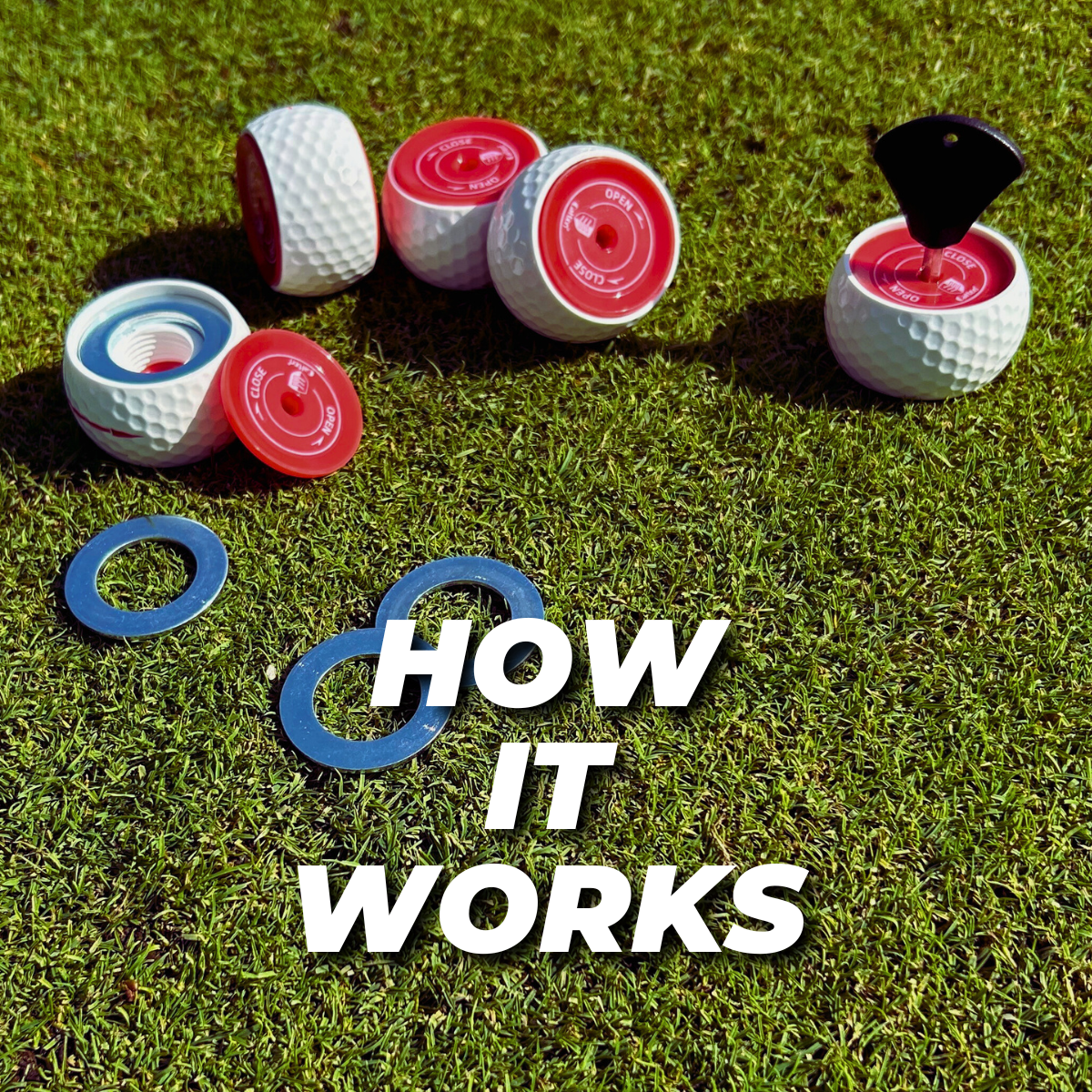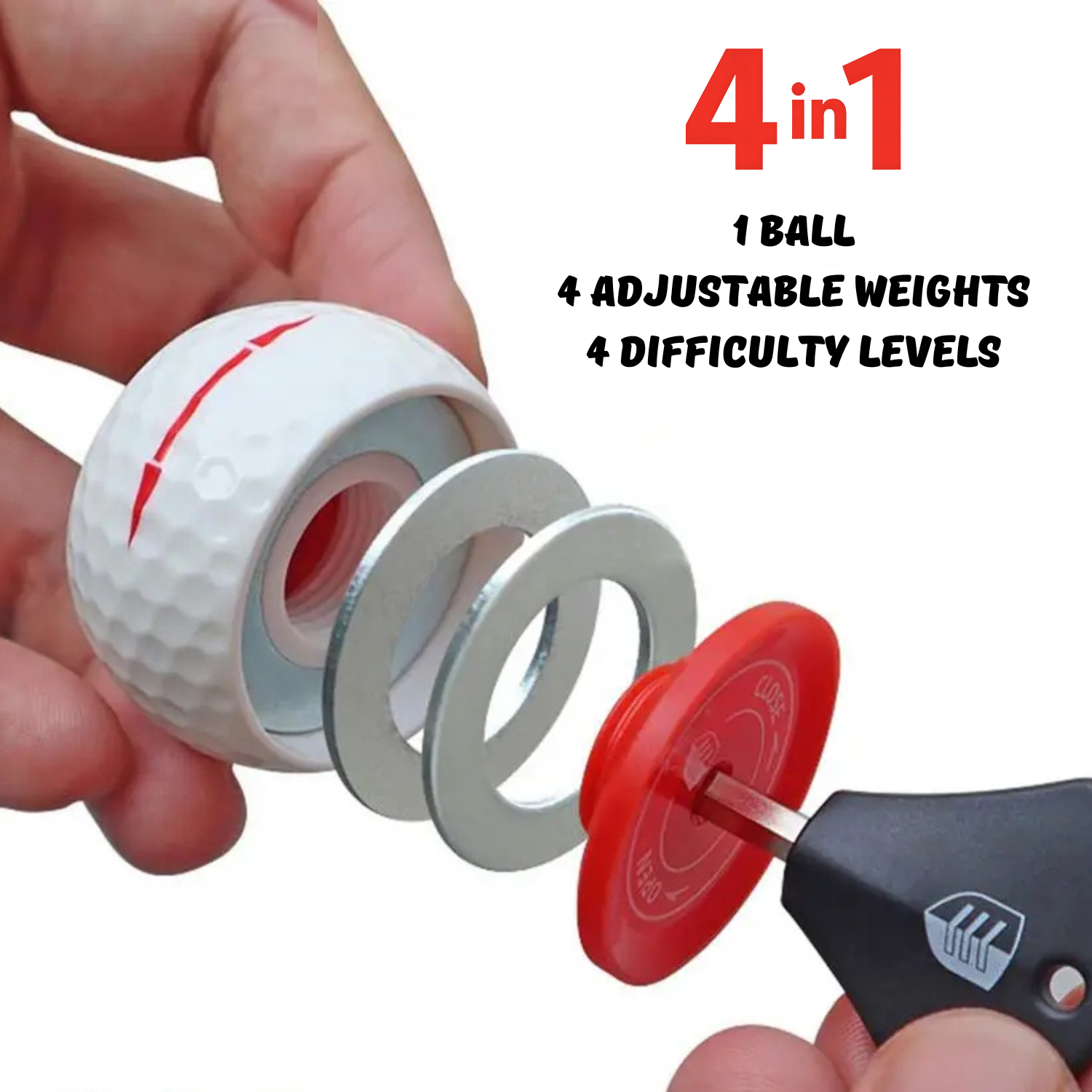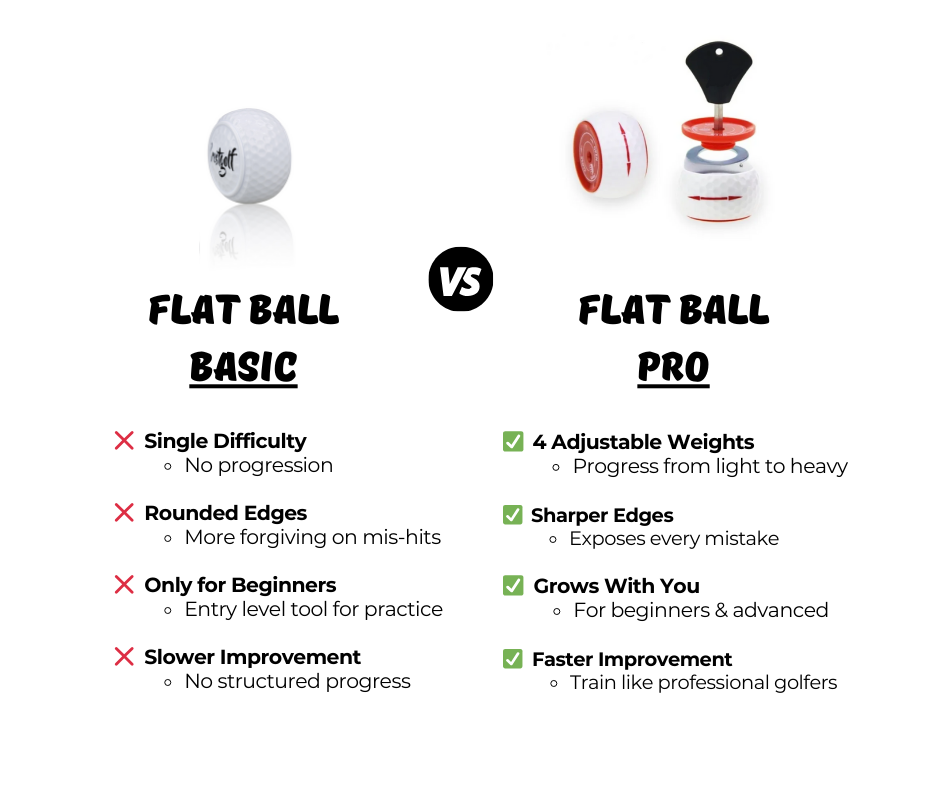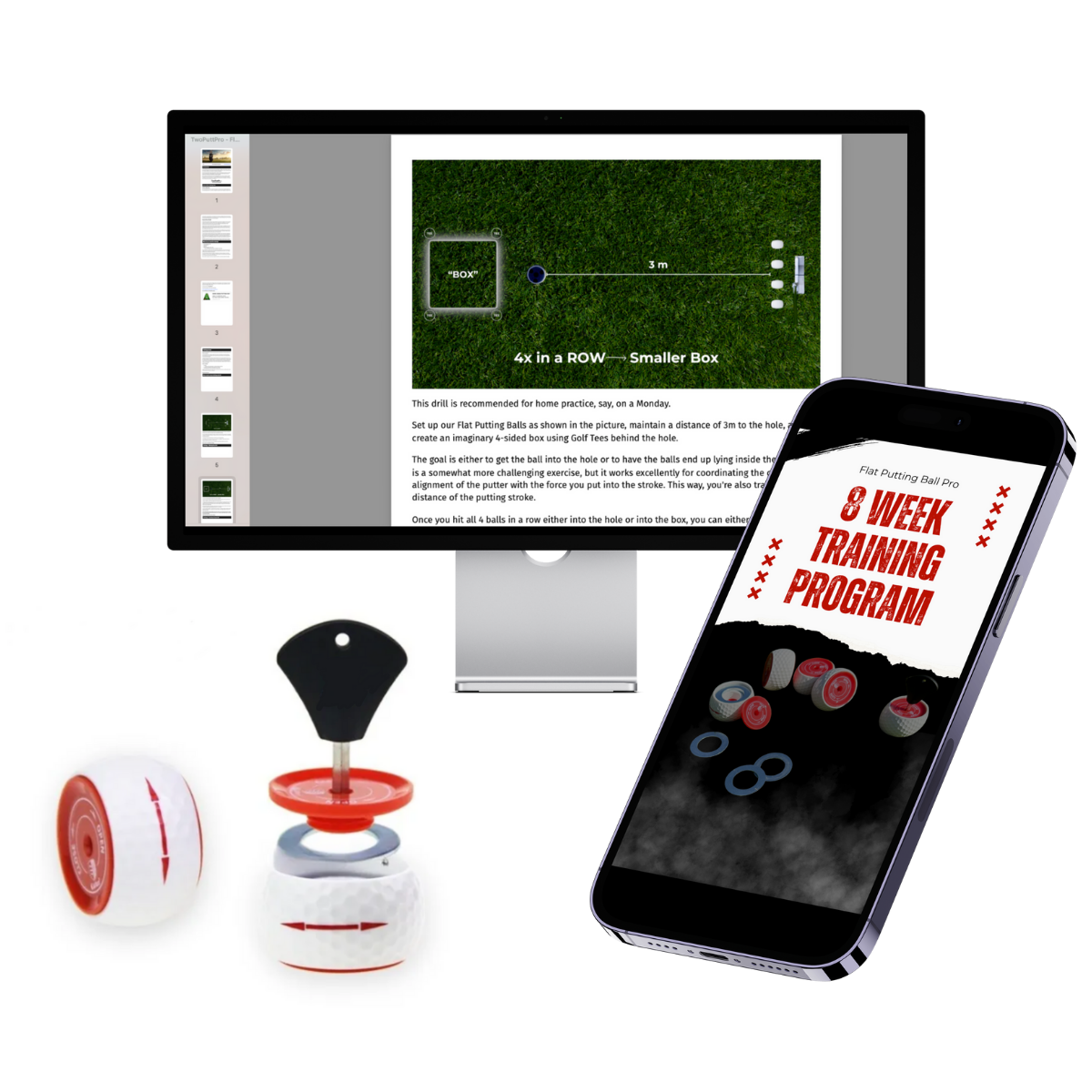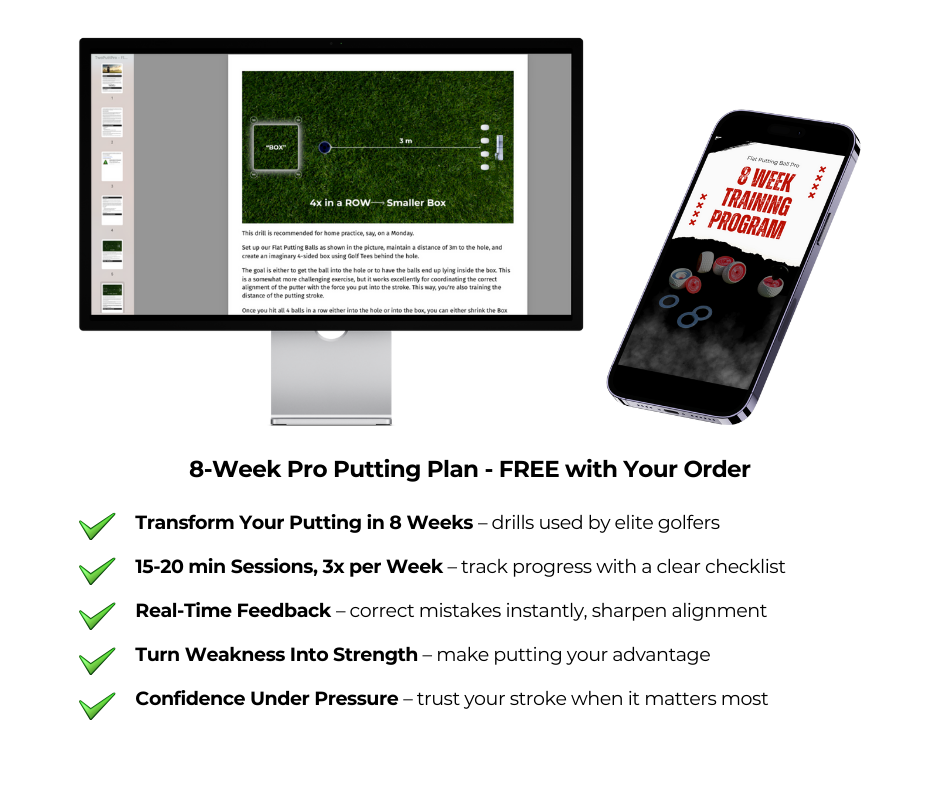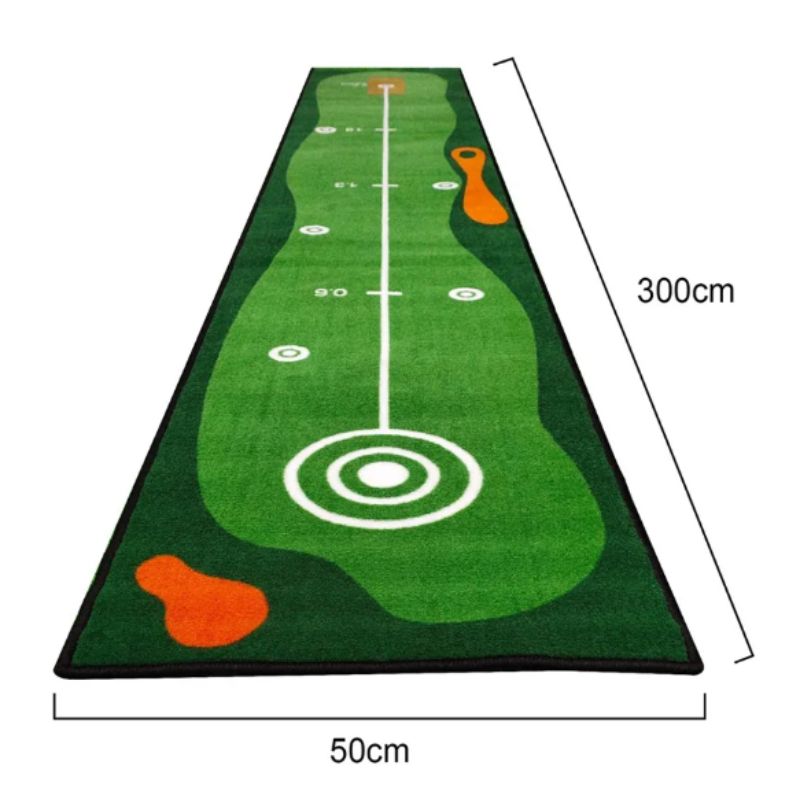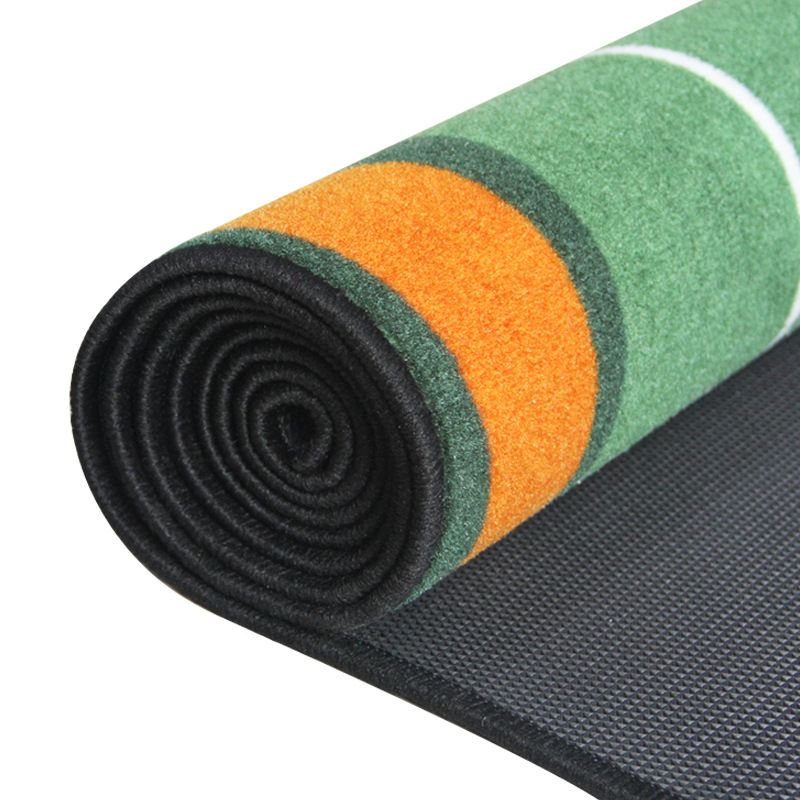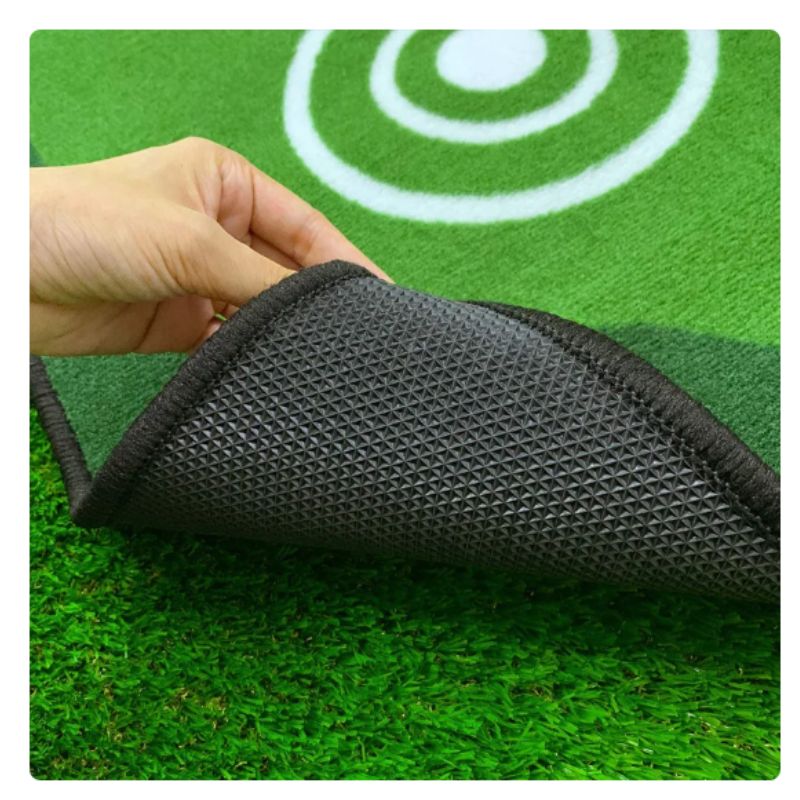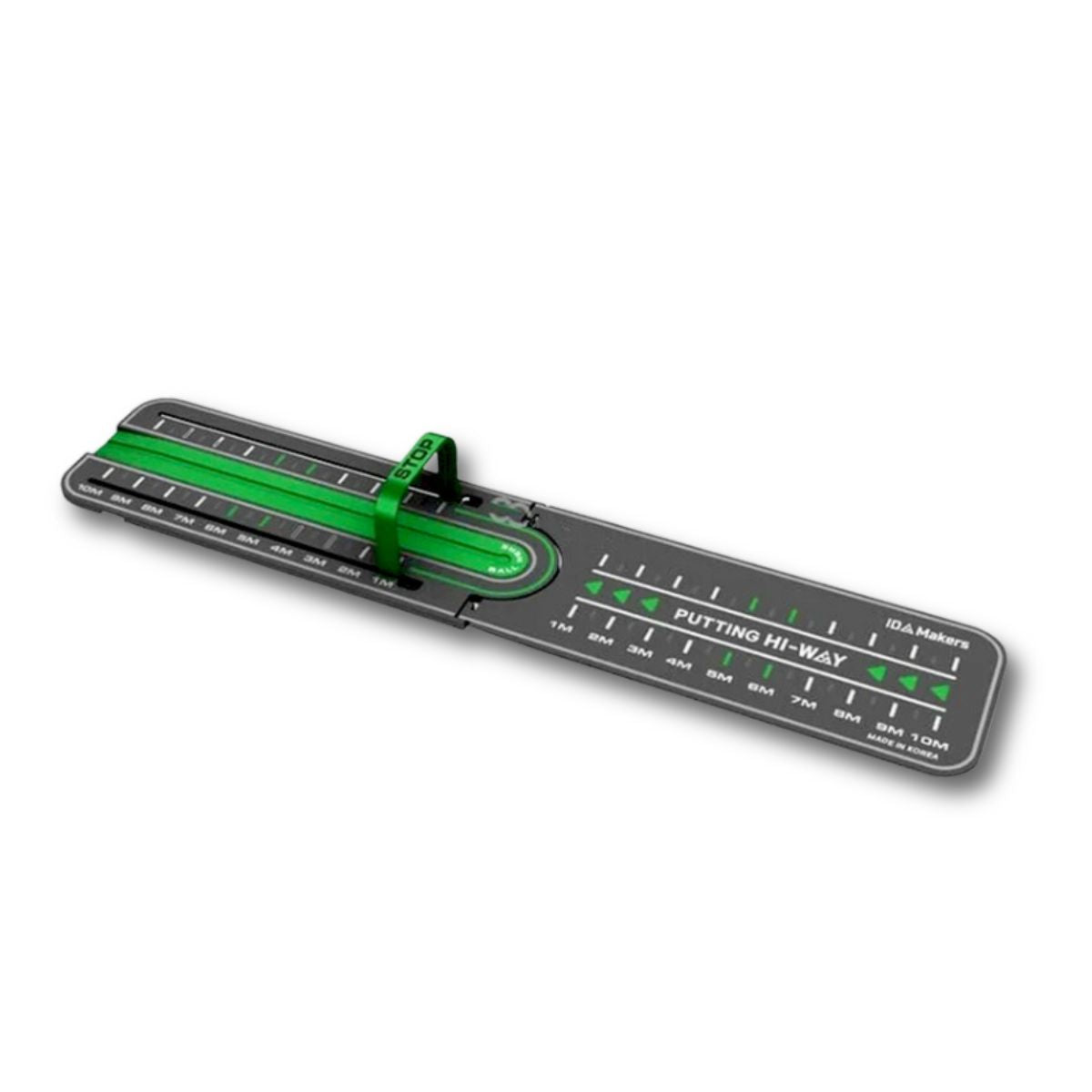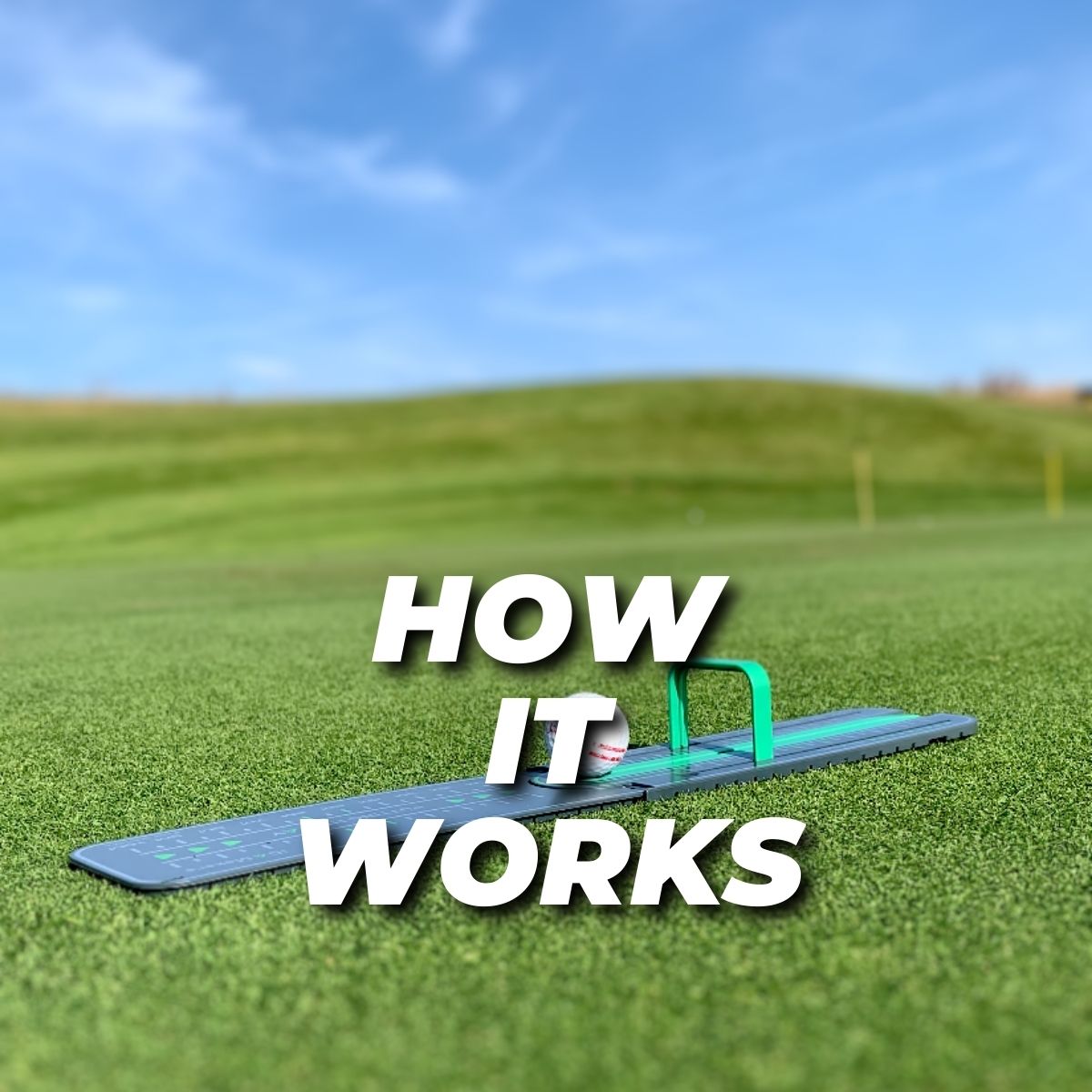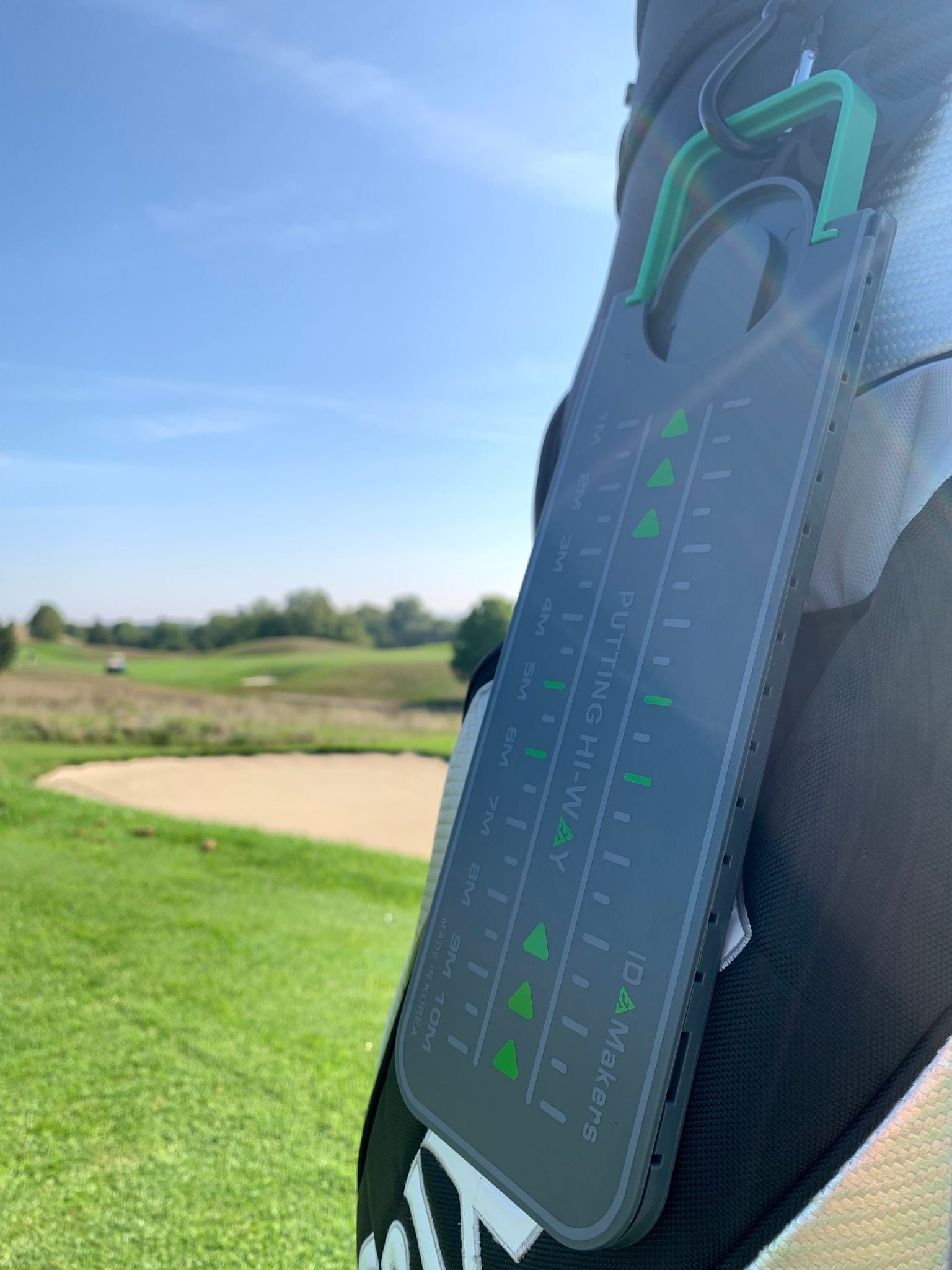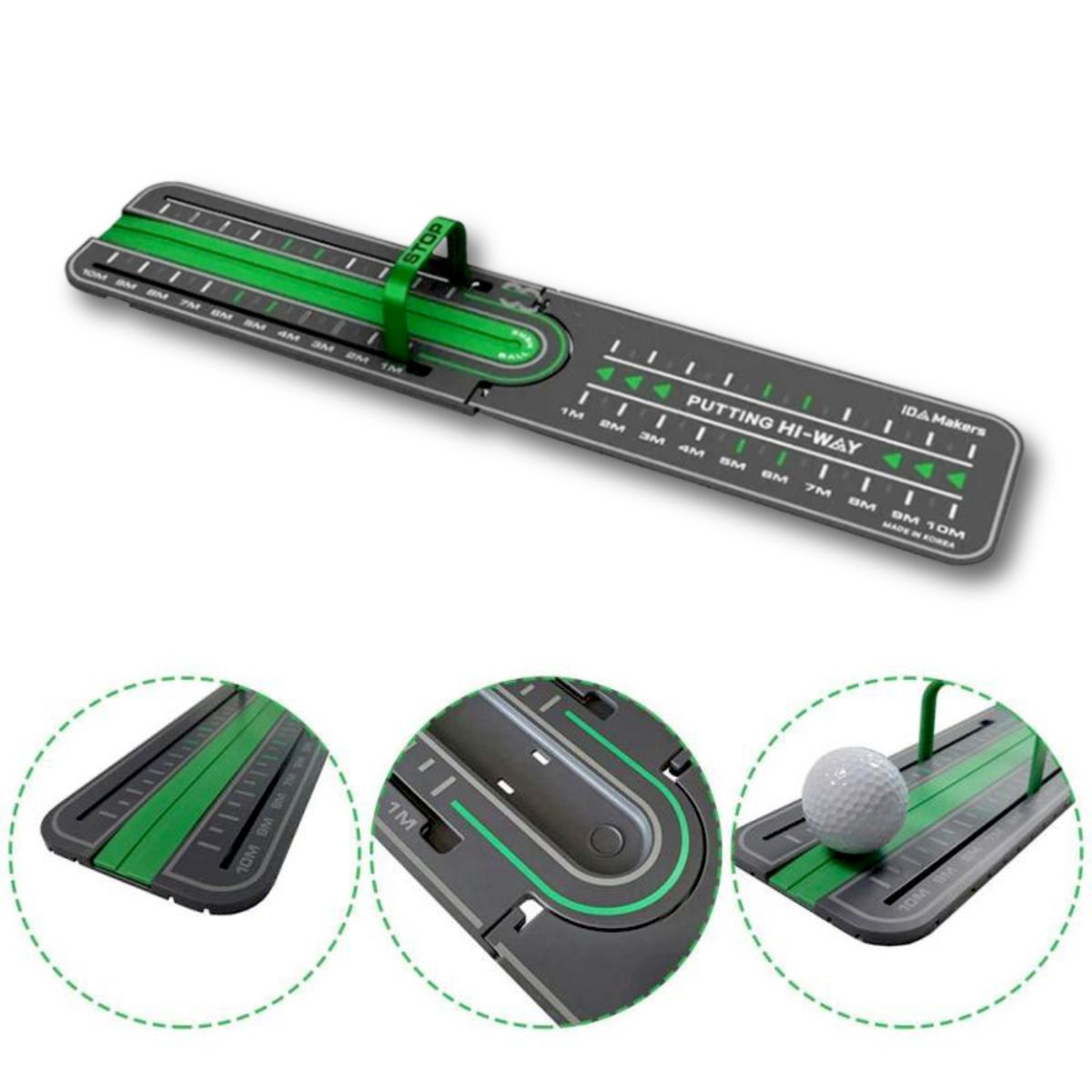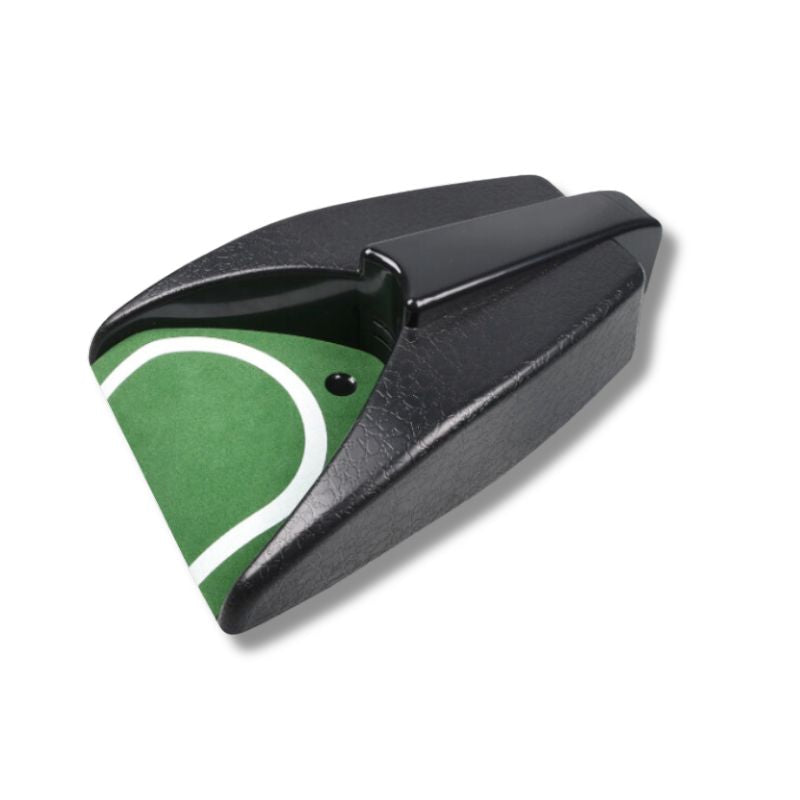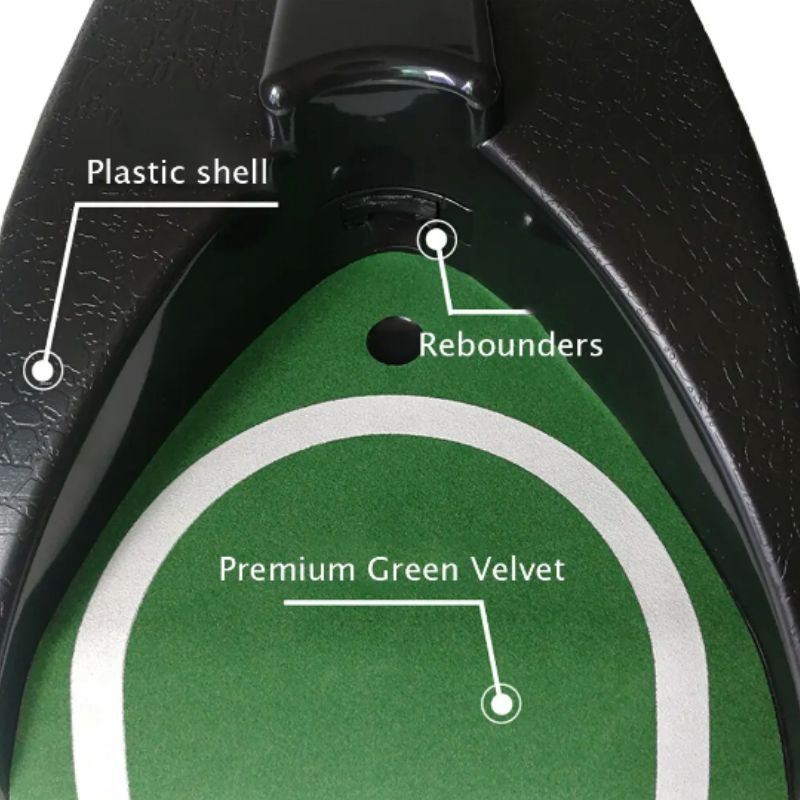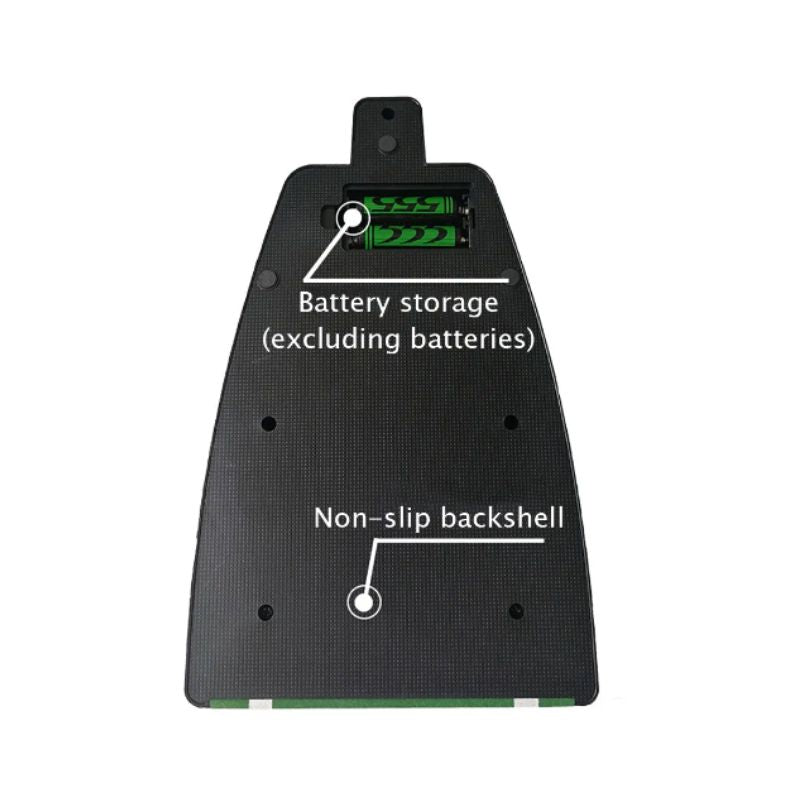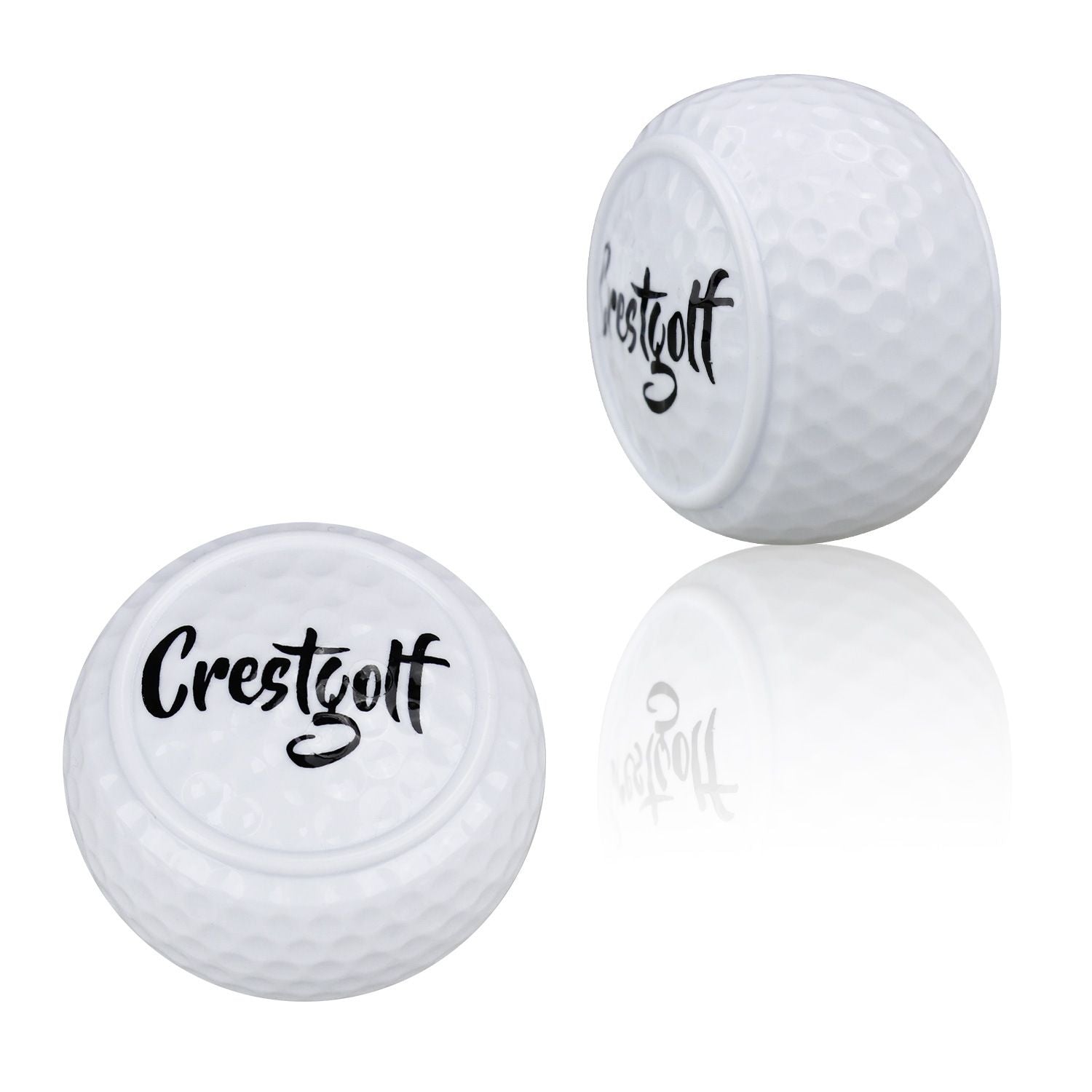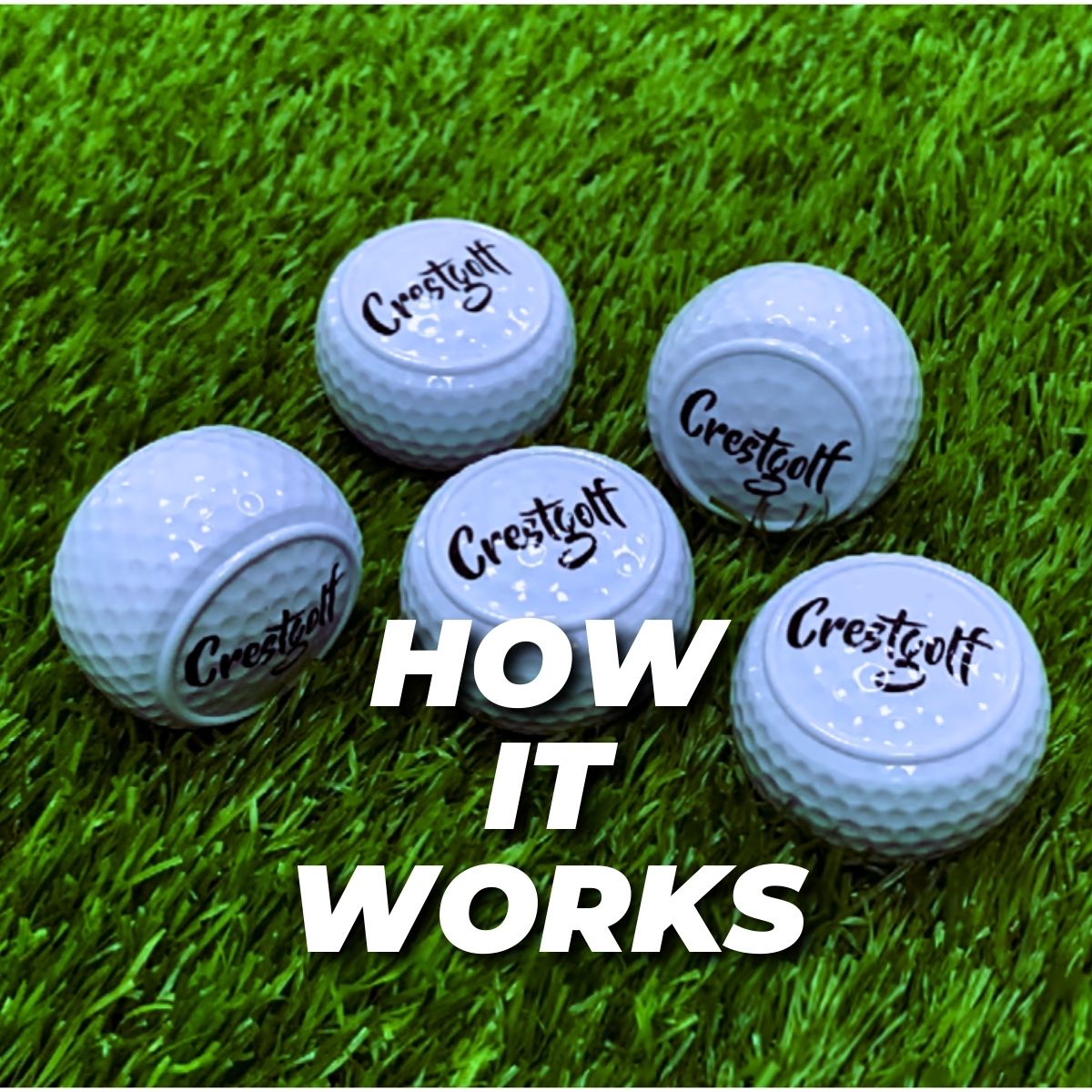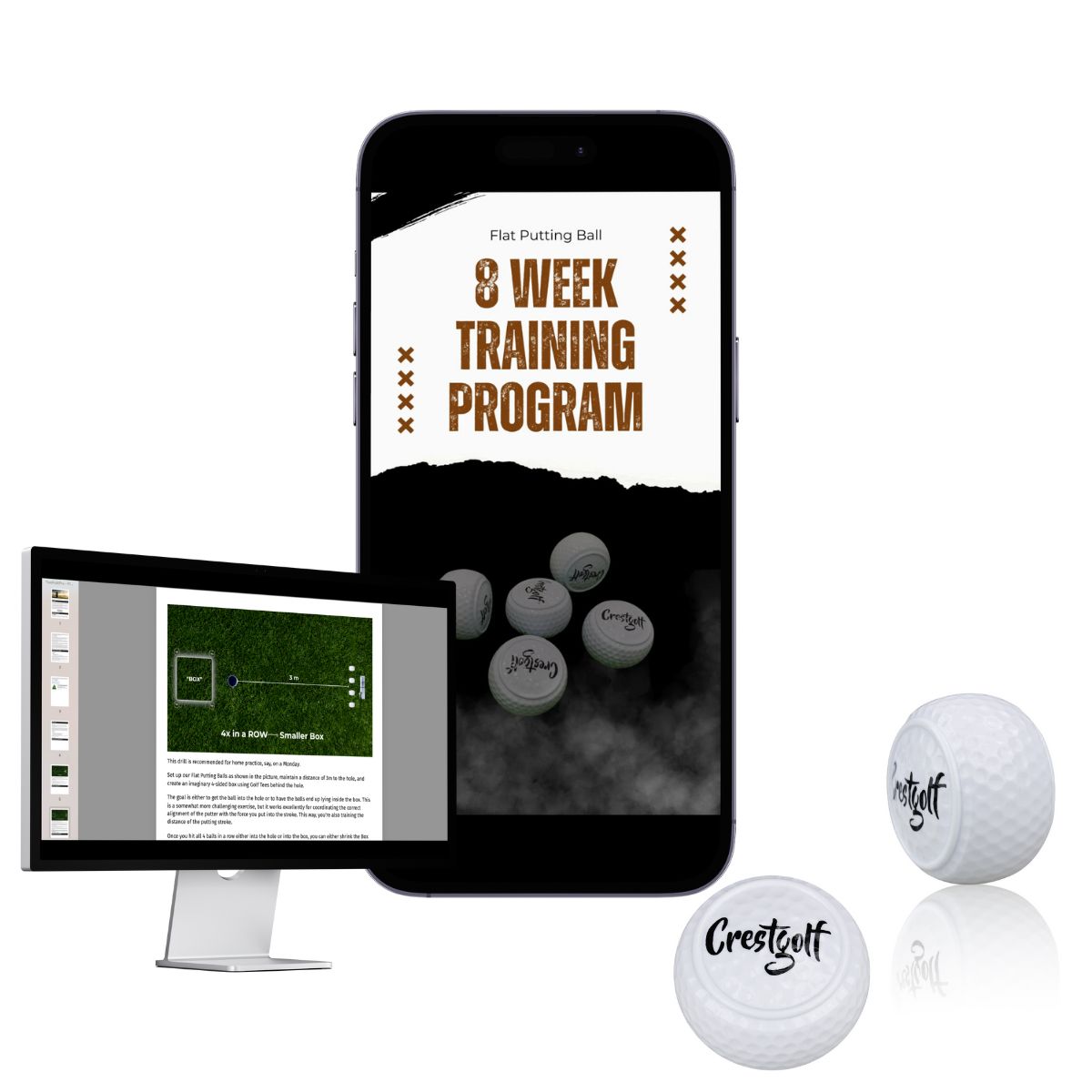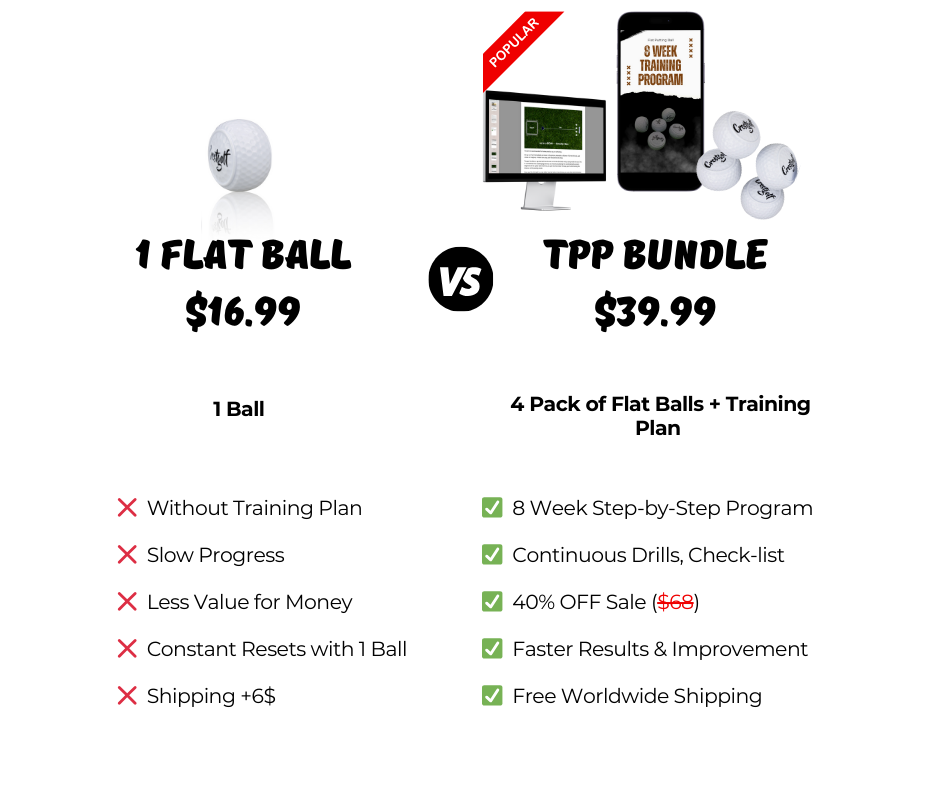For golfers prepared to cut strokes from the scorecard, command of the green takes precedence. Putting constitutes nearly half of all shots taken during a round, so every inch counts. That is where the flat golf ball comes in — an innocuous-looking practice aid that will change the way you putt. Here for answer to your question, we discuss what a flat golf ball is and how using them in your practice session together with high-intensity putting practice and alignment drills can be quick change.
What Is a Flat Golf Ball?
A flat golf ball is not a standard dimpled golf ball. A flat golf ball is a unique practice tool with a flattened spot or diminished curve that enhances stroke errors more visibly. When your putting stroke is off line, the flat golf ball will not move in a straight direction. It will wobble, veer off line, or go off target. This moment feedback enables golfers of all skill levels to sense and correct the most common issues like improper alignment, uneven rhythm, and off-center striking.
Why Use a Flat Golf Ball?
Flat golf balls offer some distinct advantages for golfers looking to tweak their putting stroke:
Instant Feedback: The reaction of the flat ball to your stroke instantly reveals weaknesses, with the opportunity to correct them in the moment.
Heightened Focus: With less margin for error, practice with a flat ball again focuses your mind.
Improved Fundamentals: Practice with this aid will reaffirm putting line, stroke direction, and follow-through basics.
Alignment: Consistency's Key
Alignment is the most overlooked putting principle. How solid a stroke you have doesn't matter, you'll miss if you're a little left or right of alignment. Alignment putting with alignment aids and flat golf balls allows you to see how square your putter face affects.
Alignment putting drills with a flat golf ball can teach you:
- If your eyes are right over the ball
- If your feet and shoulders are parallel to your target line
- If your putter face is square at address and impact
Best Flat Golf Balls Putting Drills
Optimize your utilization of flat golf balls by working them into your practice round with the help of the following expert effective putting drills:
1. Straight Line Drill
Place a flat golf ball on a straight line (draw a line with chalk or alignment stick). Roll ten 3-foot putts with the sole focus on rolling the ball straight. If the ball wobbles off line, recheck the alignment and stroke path.
Tip: Pay close attention to the roll. A board-straight roll is an indication your impact and alignment are dead on.
2. Gate Drill for Putter Path
Place two tees slightly wider than the putter head. Place a flat golf ball 3 feet from the target and try to putt through the gate. This drill forces you to maintain square putter path.
Benefit: Encourages square-to-square stroke, eliminates sidespin and mis-hits.
3. Start Line Drill
Place an alignment rod 12 inches in front of the ball and attempt to roll the flat golf ball under it. This drill aligns putts.
Adjustment: Test different lengths and break points to gain confidence on any green.
How to Put Putting Drills into Your Practice
To get maximum benefit, divide putting practice into segments:
- Warm-Up (5 minutes): Roll smooth 3-footers with flat golf balls. Concentrate on tempo and feel.
- Skill Building (15 minutes): Do precise alignment-to-address-mechanics practice.
- Pressure Putting (10 minutes): Design competitive practice, e.g., making 10 straight putts, to replicate on-course pressure.
Adding Tools to Create Maximum Effect
Flat golf balls work best when combined with other tools and methods. Your tool box should include:
- Mirror placement: Offers head and eye alignment.
- Chalk line or laser: Is employed to encourage putting line alignment.
- Mat or flat surface putting: Smooth roll is provided.
Results You Can Expect
Practice of these flat golf ball drills on a regular basis can lead to:
- Stricter putts with less wobble
- Enhanced speed control and sense of distance
- Boosted confidence on 2-putt and pressure putts
- Stroke mechanics generally immune to pressure
Final Thoughts: Align, Aim, and Sink More Putts
Using a flat golf ball isn't just a training gimmick — it's a proven way to diagnose and improve your putting mechanics. By aligning properly, aiming accurately, and using drills that reinforce consistent mechanics, you’ll start seeing measurable improvements in your scores.
If you are serious about becoming a master of the greens, the time has come to step up your practice to the next level. Get yourself a set of flat golf balls, follow a systematic putting alignment drill practice regimen, and start rolling all your putts with an impact. Two putts or fewer should be your standard — and with the right equipment, it's easy enough to do.
